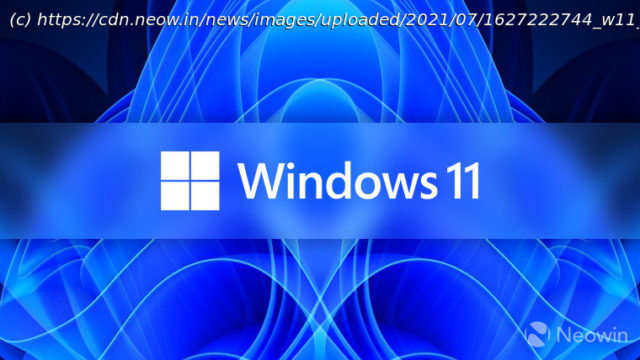Microsoft will start rolling out Windows 11 update to the public on October 5. Before the rollout begins, we take a look at what Windows 11 brings to the table and the hardware needed to run it.
In June, Microsoft finally unveiled the much-anticipated Windows 11 update. It comes with an updated UI, and performance and productivity improvements. Microsoft also released the minimum system requirements for Windows 11 which includes Secure Boot and TPM 2.0 among other things. Following the announcement, Microsoft confirmed that it will start rolling out Windows 11 to existing Windows users from October 5. With Windows 11 around the corner, we will take a look at the new features, changes, as well as when can you get the new update. However, before that, we need to go through the system requirements as that caused quite a confusion when Microsoft introduced Windows 11 to the public. Microsoft has always maintained a list of requirements to install Windows. Usually these are set in a way so almost every computer can run Windows without any major issues. However, that is changing with the introduction of Windows 11. Windows 11’s system requirements are complicated and will exclude a lot of old systems as Microsoft will not officially allow users to install and run Windows 11 on those systems. Of course, the company has left a loophole for tech enthusiasts to install Windows 11 on unsupported systems but that comes with a huge asterisk. Talking about the requirements, users will need the following hardware to qualify for Windows 11: Microsoft has increased the storage requirement for Windows 11 to 64GB and the screen-size to 9-inches. However, the biggest change is the addition of Secure Boot and TPM 2.0. While most new systems ship with Secure Boot and TPM, there are still millions of computers that lack both the features. Not only that, but Microsoft has also released a list of CPUs that are required if you want to run Windows 11 on your system. So, in essence, even if you have Secure Boot and you buy a TPM module, if your processor is old and is not on Microsoft’s list, you are out of luck. Apart from these, Microsoft also has a couple of additional requirements for laptops. The company notes that laptops need to come with a webcam, Bluetooth and Precision Touchpad in order to qualify for Windows 11. Furthermore, the Redmond giant also wants external PCIe capable ports (like Thunderbolt) to support Memory Access Protection or Kernel DMA Protection (kDMA) and have it enabled/opted-in by default. Thankfully, these apply to new laptops, so you don’t need to throw away your old laptop if it is missing any of the aforementioned features. If you are concerned about the system requirements, then you can get Microsoft’s PC Health Check app that will let you know if meet the system requirements or not. In case your system does not meet the requirements, the tool will let you know which component is not compatible, giving you an easy option to upgrade and install Windows 11 at a later date. Now that we have gone through the system requirements, let’s talk about the new features and changes that are coming with the Windows 11 update. One of the major changes with the Windows 11 update is the new UI. Microsoft has completely revamped the interface and it looks more modern. With Windows 11, Microsoft is also embracing the rounded corners which is a treat for the eyes. Furthermore, the company has redesigned the context menus across the operating system. The new menus look refined and go well with overall Windows 11 visual design. You can take a deep dive into context menus with our closer look article on the topic. The biggest change one will notice when they log in for the first time is the taskbar. Microsoft has improved the taskbar design which looks much more in line with the overall UI. Furthermore, Microsoft has moved the taskbar icons to the middle, which is one of the many design choices that were picked from the now-defunct Windows 10X. While Microsoft will allow users to move the taskbar icons to the left, the company has axed some of the taskbar features including the ability to move the taskbar to the left, right or the top of your screen, as well as the ability to adjust the taskbar height. Microsoft has also killed the taskbar context menu. You can read more about the Windows 11 taskbar in our dedicated article on the topic. Speaking of things that are killed off, Live Tiles are now gone. Microsoft has overhauled the Start Menu on Windows 11 and unfortunately, the Redmond giant’s plans for the future does not include Live Tiles. For better or worse, the start menu now consists of pinned apps as well as a recommendation section that suggests to you documents, and files based on your usage history. Microsoft has also added a search bar on the top of the Start Menu. Unfortunately, the search bar is still unreliable and shows search results from Bing sometimes. Lastly, Microsoft has also moved the all apps section to the top right of the Start Menu so you will no longer get the app list when you open the Start Menu. You can check out more about the Start Menu in our Closer Look section. At the Windows 11 launch, Microsoft made a huge deal about the multitasking features and improvements. The company highlighted several productivity features that will enhance the experience.
Домой
United States
USA — software Windows 11 is coming soon — here's what to expect, system requirements,...






